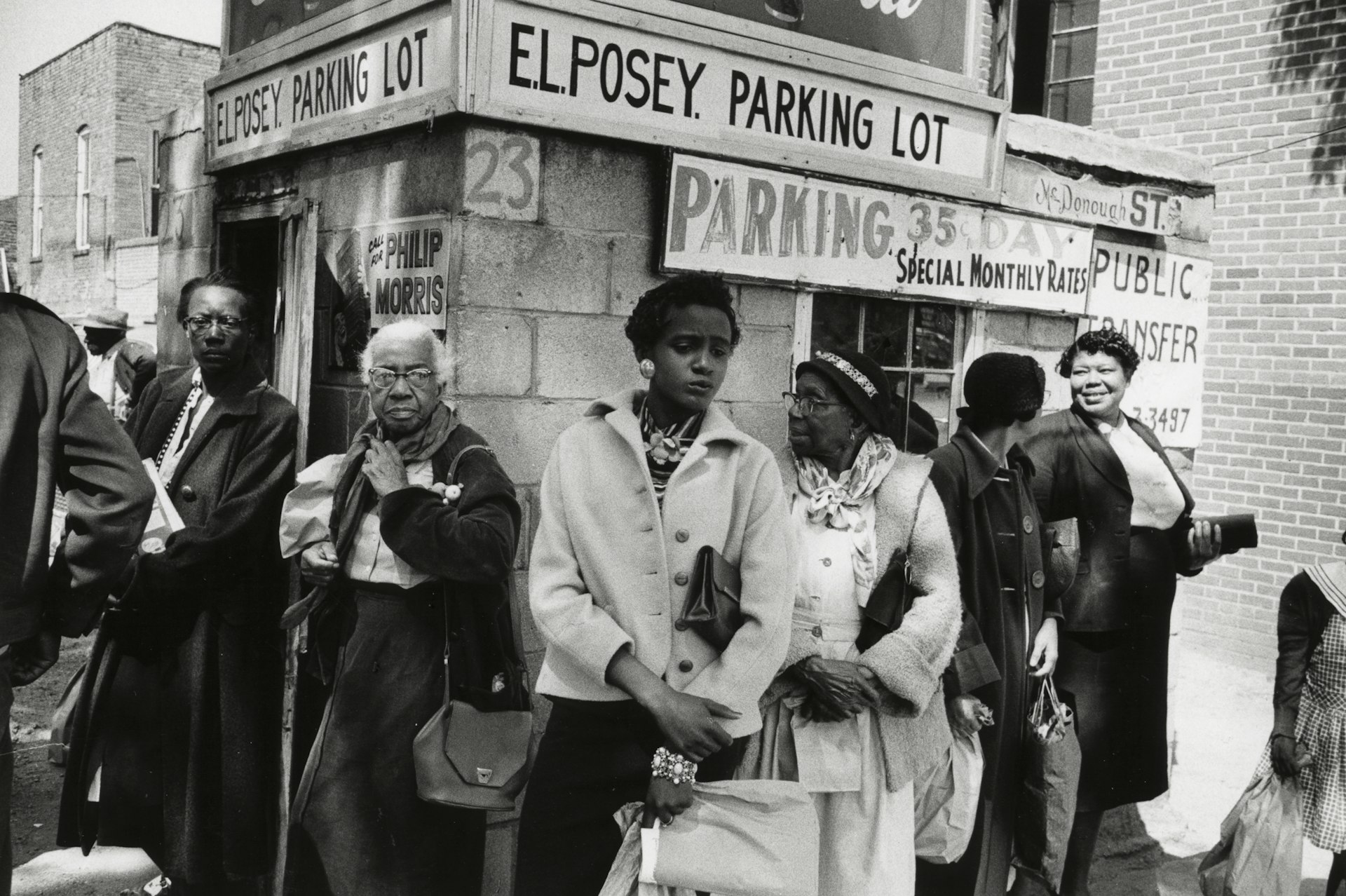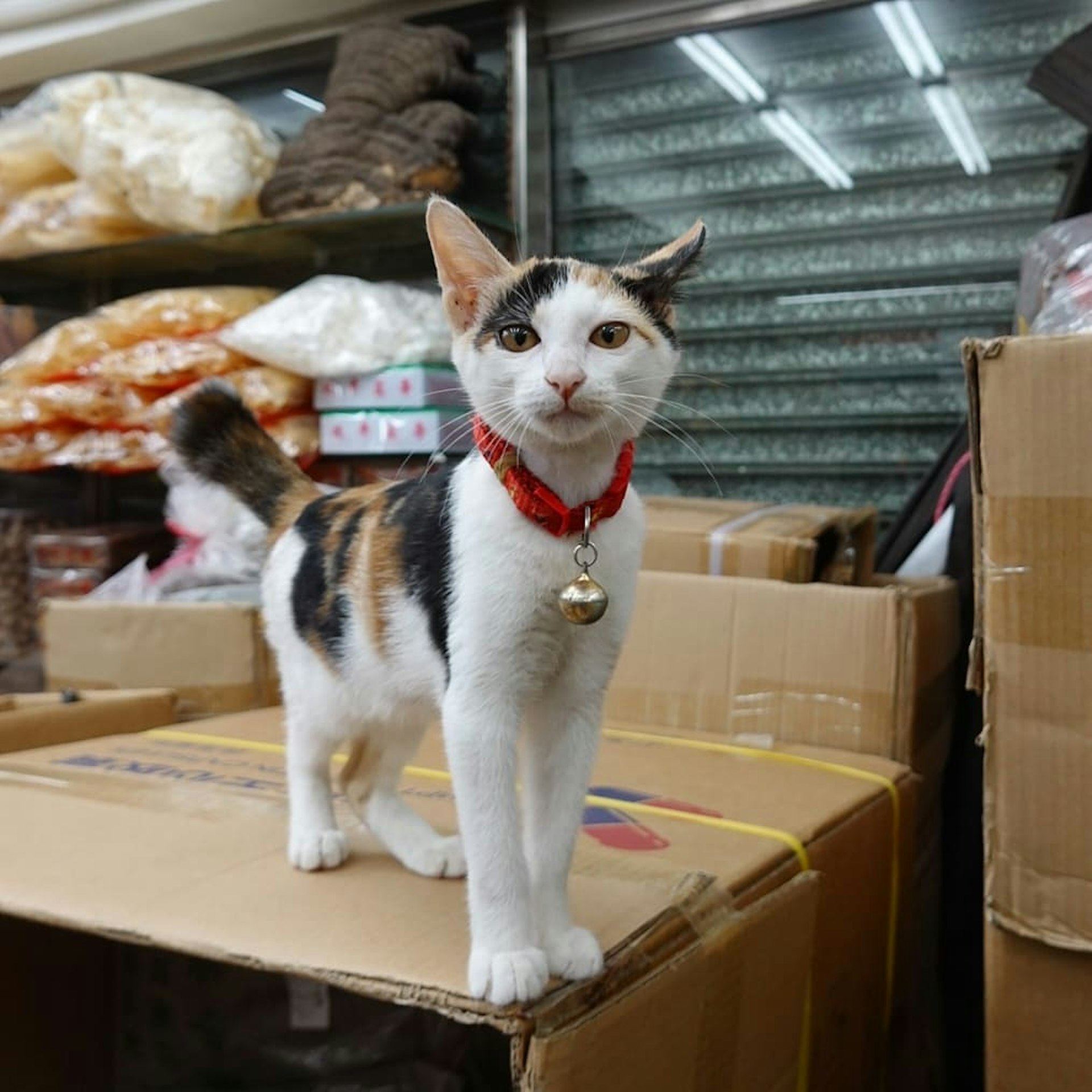Photos that flip the way we view sex, women and violence
- Text by Ione Gamble
- Photography by Camille Mariet

“I don’t whether to be turned on or afraid, but I like it,” is often the default response when viewing Camille Mariet’s work – or at least it is according to her Tinder matches. “I don’t know if it’s necessarily weird, but sometimes I link my Instagram to my Tinder, and when I do, I literally get the same message from every guy,” she explains.
For the 22-year-old LA-based photographer, weird is a currency she’s used to working with. Pooling influence from old advertisements and porn, her cinematic photography depicts a world in which femmes hold the knife, and are more than ready to twist it in the heart of anyone who crosses them.
Mariet’s work is violent – whether it’s an image depicting a go-go boot stomping on a brain-like object, or a woman wielding an axe and dripping in blood — her hysterical women flip the switch on the traditional woman-as-victim trope so ingrained in our psyches when discussing violence in visual culture.


“When I first started heading in this direction, I was really concerned with this idea that women are consistently advised not to confront catcallers on the street because it might escalate and become violent,” she says. “I wondered why a similar thing was not being said to boys to prevent them from catcalling in the first place.”
Uninterested in representing women as passive, or even agreeable, her work challenges the assumption that men hold the power in any and all situations, or that cis-men are the only perpetrators of violence. “Who’s to say a woman being catcalled isn’t going to react violently?”
Despite being grounded in 21st-century socio-political issues, Mariet’s work is set to a backdrop littered with mid-century references. You’d be forgiven for mistaking her work for a film still from a bygone era – an aesthetic she attributes to growing up in a forgotten suburb on the outskirts of the heart of the entertainment industry.

 “I’m interested in the midcentury era because it was a time that’s been so regularly glamorised despite its serious social and political issues. Perhaps its issues have been glamorised, too,” she muses. “It was a time where art and design were flourishing but racism and sexism were running rampant. It’s also interesting due to its familiarity – I think the world is in a similar place now.”
“I’m interested in the midcentury era because it was a time that’s been so regularly glamorised despite its serious social and political issues. Perhaps its issues have been glamorised, too,” she muses. “It was a time where art and design were flourishing but racism and sexism were running rampant. It’s also interesting due to its familiarity – I think the world is in a similar place now.”
Working largely with self-portraiture up until this point, for Mariet, photography has always been a means to work out her own anxieties. But although she sees her work as being “a reflection of my psyche in this real eerie way”, she aims to move away from self-as-subject with her next project, Peep Show. With a plan to produce 100 images centred around the idea of disillusionment and discomfort, Mariet aims to open up her world beyond herself and the camera’s lens.
“I’m really into the idea of getting a viewer to engage with imagery in a way that isn’t purely visual – and hope that my photographs are experienced viscerally. I want viewers to see an image, and experience it in a sensory realm outside of the one that they expect to.”






See more of Camille Mariet’s work on her official website, or follow her on Instagram.
Follow Ione Gamble on Twitter.
Enjoyed this article? Like Huck on Facebook or follow us on Twitter.
Latest on Huck

How Labour Activism changed the landscape of post-war USA
American Job — A new exhibition revisits over 70 years of working class solidarity and struggle, its radical legacy, and the central role of photography throughout.
Written by: Miss Rosen

Analogue Appreciation: Emma-Jean Thackray
Weirdo — In an ever more digital, online world, we ask our favourite artists about their most cherished pieces of physical culture. Today, multi-instrumentalist and Brownswood affiliate Emma-Jean Thackray.
Written by: Emma-Jean Thackray

Meet the shop cats of Hong Kong’s Sheung Wan district
Feline good — Traditionally adopted to keep away rats from expensive produce, the feline guardians have become part of the central neighbourhood’s fabric. Erica’s online series captures the local celebrities.
Written by: Isaac Muk

How trans rights activism and sex workers’ solidarity emerged in the ’70s and ’80s
Shoulder to Shoulder — In this extract from writer Jake Hall’s new book, which deep dives into the history of queer activism and coalition, they explore how anti-TERF and anti-SWERF campaigning developed from the same cloth.
Written by: Jake Hall

A behind the scenes look at the atomic wedgie community
Stretched out — Benjamin Fredrickson’s new project and photobook ‘Wedgies’ queers a time-old bullying act by exploring its erotic, extreme potential.
Written by: Isaac Muk

“Welcome to the Useless Class”: Ewan Morrison in conversation with Irvine Welsh
For Emma — Ahead of the Scottish author’s new novel, he sat down with Irvine Welsh for an in-depth discussion of its dystopic themes, and the upcoming AI “tsunami”.
Written by: Irvine Welsh